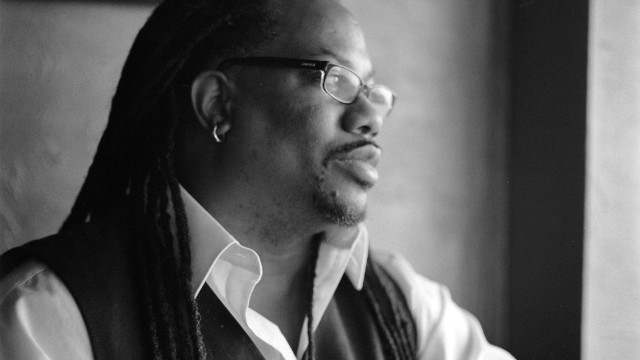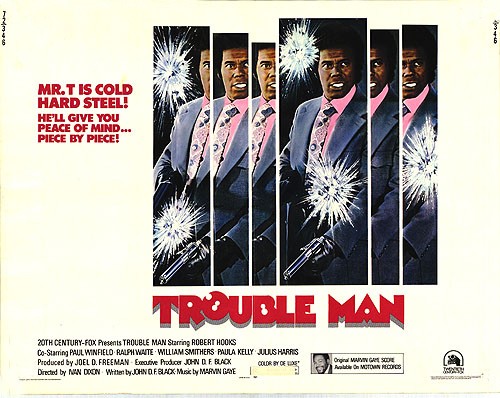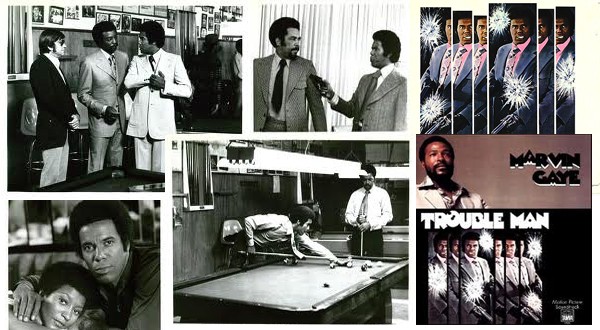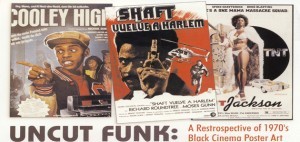The Museum of UnCut Funk thanks jimi izrael for allowing us to use an excerpt from his current article on the 40th anniversary of Trouble Man.
Forty years ago, Trouble Man was released in theaters. Penned and produced by screenwriter John D.F. Black, it screens like a re-imagining of Shaft — another “blaxploitation” film released nearly a year earlier. In fact, Black shared writing credits on Shaft with author Ernest Tidyman, a Cleveland police reporter turned pulp fiction novelist and screenwriter.
And really, you can’t talk about Trouble Man without talking about Shaft.Both movies were different, necessary takes on two pervasive black male tropes of the day: Richard Roundtree’s John Shaft as the burgeoning black hipster; and Robert Hooks’ Mr. T, the working-class public benefactor and race man. Both were emblematic of the new New Negro reborn out of civil rights-era America.
Where Shaft is bubblegum blaxploitation, Trouble Man is a detective story for black folks that mostly cleaves to the tried-and-true conventions of the genre. And so we have two films, released within a year of each other, that both look unforgettable on paper — yet only one endures. Shaft is the better-known picture, but Trouble Man is a strong film with a legacy hobbled by three things.
Beyond his car, Mr. T lacks any readily accessible iconography for a mass audience. He has a love for nice suits and drives a Lincoln Continental, but doesn’t sport much else in the way of strong visual artifacts or signifiers. Many other black movies of the era feature men clad in black leather, wearing Afros — both fashions heavily associated with the Black Panther Party. These visual hooks were appreciated back in the day by the black audience — and were curious, even frightening, to the white one.
Too read more of jimi izrael’s article please visit http://www.npr.org/blogs/monkeysee/2012/12/14/167002327/trouble-man-at-40-a-classic-but-wheres-its-cult?ft=1&f=1008.
jimi izrael is a writer and journalist from East Cleveland, Ohio. He moved to Shaker Heights, Ohio at the age of ten. East Cleveland was once one of America’s poorest suburbs, while Shaker Heights was once one of America’s richest. At 14, he left his mother’s home to live with his grandparents back in East Cleveland, while using his mother’s Shaker Heights address to attend Shaker schools. He dropped out of Shaker Heights High School. Later, he earned a baccalaureate degree from Cleveland State University and a Master of Fine Arts degree from Spalding University.








1 Comment
Is that picture supposed to be me? it is not.